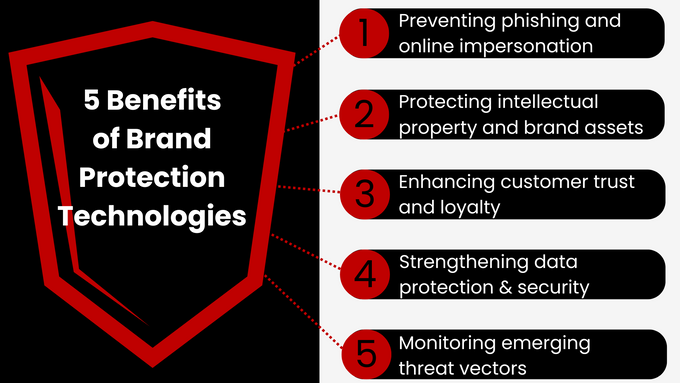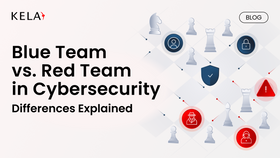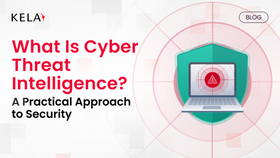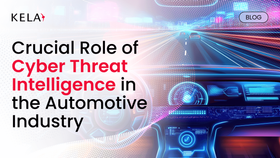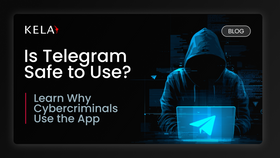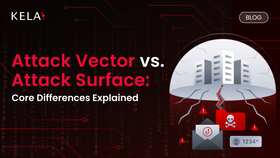The Importance of Brand Protection Technologies in Today's Market
Brand protection technology is any tool that helps protect a company’s brand, intellectual property, and reputation. It is a broad definition that can vary greatly between companies but usually involves protecting an organization from cyber threats and defamatory threat actors.
Updated May 25, 2025
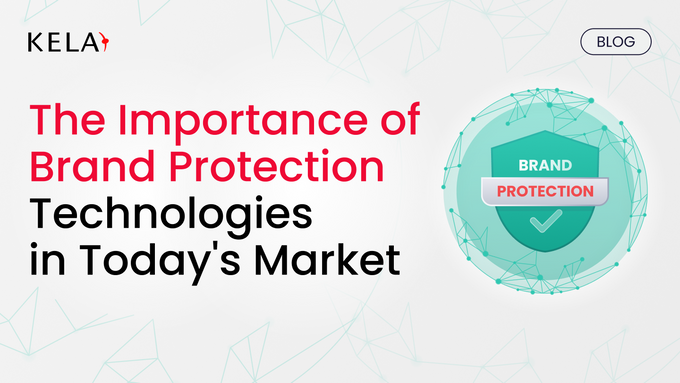
No brands are immune to to schemes aimed at hurting their intellectual property, finances, and reputation. Even powerhouses like Google and Facebook can fall victim to cybercrime. In fact, both companies lost around $100 million to a fake invoice phishing scam carried out by a single person.
This underscores the importance of brand protection strategies to maintain quality control and foster community trust, helping differentiate your brand from the competition. One of the best ways to do so is to invest in the right brand protection technologies.
» Skip to the solution: Try KELA Cyber for free
What Are Brand Protection Technologies?
Brand protection technology is any tool that helps protect a company’s brand, intellectual property, and reputation. It is a broad definition that can vary greatly across companies.
These technologies proactively address threats such as brand impersonation, the spread of counterfeit digital content, and the activities of infostealers that can compromise customer trust and brand integrity.
For example, platforms like Kela's Brand Control offer capabilities to monitor and mitigate these digital risks, providing businesses with the tools they need to maintain a secure and trustworthy online brand..
Most Significant Modern Digital Threats to Brand Integrity
- Smear campaigns: Brands might encounter efforts to ruin their reputation through harmful social media postings, fake reviews on their products and services, and negative PR. It takes significantly less effort to post something false about something or someone than it does to disprove false information.
- Phishing: Phishing attacks can cause secu rity issues and data breaches, which can lead to a loss of trust in a company's ability to keep user data secure and potential issues with product delivery if internal resources are affected.
- Brand impersonation: Social media impersonation can significantly damage a brand's reputation. Clickbait and shock factor are highly rewarding avenues for malicious actors on social media, as users rarely fact-check the information they're exposed to.
- Deepfakes: AI-generated deepfakes of brand leadership can be significantly harmful to a brand. Similar to smear campaigns or impersonation, deepfakes facilitate the same issue of rarely being fact-checked but are much more difficult to prove than a simple false statement. They can also be used as a vector for fraud.
» These are just some of the reasons you need cyber threat intelligence
5 Benefits of Brand Protection Technologies
1. Preventing Phishing and Online Impersonation
Effective brand protection technologies can combat ransomware, phishing, and online impersonation in the following ways:
- Email security: Technologies can vet emails before they reach employees, cross-referencing the domains and scanning the content to ensure that the email address is legitimate and doesn't contain any malicious content.
- Web crawling: Brand monitoring tools that use web crawlers, along with keyword recognition and image recognition, can be leveraged to shut down fraudulent websites and social media accounts. For example, image recognition can be used to find social media accounts with similar icons to the brand’s logo.
- Typosquatting: Brand protection programs can automatically identify when a website with a similar domain or a similar design to the business' site pops up and then assist with the removal of the site.
» Worried about phishing? Increase security by understanding the most targeted entry points by attackers
2. Protecting Intellectual Property and Brand Assets
Brand protection technologies automate the process of identifying and removing theft of IP and brand assets in the digital and global markets. They have a much broader scope and faster approach than any human could match, able to flag potential anomalies and significantly reduce time spent on manual reviews.
Pro tip: Automated systems are fast, but not perfect. Be sure to consistently update the material that your chosen tool should look out for (such as logos, imagery, screenshots, and more), and remember that manual reviews might still be necessary to ensure that there are no false positives.
3. Enhancing Customer Trust and Loyalty
In our current world, shocking news spreads incredibly fast through social media, while corrections and apologies spread much slower. Automated brand protection tools that offer real-time monitoring and alerting are necessary to mitigate fake reviews and impersonator social media accounts, fostering trust and loyalty in your audience.
4. Strengthening Data Protection & Security
Brand protection technologies in cybersecurity can be integrated with SIEM (security information and event management) systems, allowing security teams to review arising events and help prevent cyber attacks, vulnerability exploits, and data leaks.
Brand protection systems, in combination with cyber threat intelligence platforms, allow a business to be not only reactive to flagged incidents but also proactive due to the intelligence gathered about mentions of their brand. Proper intelligence allows a brand to identify what issues need to be monitored and where trends are going.
» Make sure you understand the differences between leaked credentials and compromised accounts
5. Monitoring Emerging Threat Vectors
Many of the tools being promoted for brand protection also use AI, putting them in a virtual arms race against deepfakes, synthetic media, and AI-generated impersonations. Deepfakes are often part of a more significant misinformation campaign.
As the access and power of AI get stronger, the number of fake users on the internet promoting misinformation only grows, leading real users to draw conclusions without doing proper research. Brand protection technologies help identify what accounts are fake.
» Learn about the role of a threat intelligence analyst
Secure Your Brand's Protection With KELA
While brand protection technologies are powerful and helpful, they can only go so far on their own—all business owners need to be involved in their organization's safety and security. Security products only work if you follow their recommendations.
Thankfully, integrating and using brand protection technology doesn't have to be difficult. With KELA, you can receive real-time alerts and ongoing updates about the most prominent threats in your sector from a centralized location. Let our experts do the heavy lifting for you.
» Ready to begin? Contact us to try KELA for free

